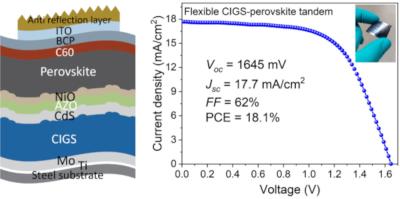TandemPV to receive $4.7 million award from U.S. Department of Energy
TandemPV has announced that it was selected to receive a $4.7 million award from the U.S. Department of Energy (DOE) Solar Energy Technologies Office (SETO) to pursue commercialization of its thin-film solar photovoltaic technology.
The selected project will help TandemPV prove out its pairing of conventional silicon solar with perovskite materials for panels that have the potential to be up to 40% more powerful than those used today.




